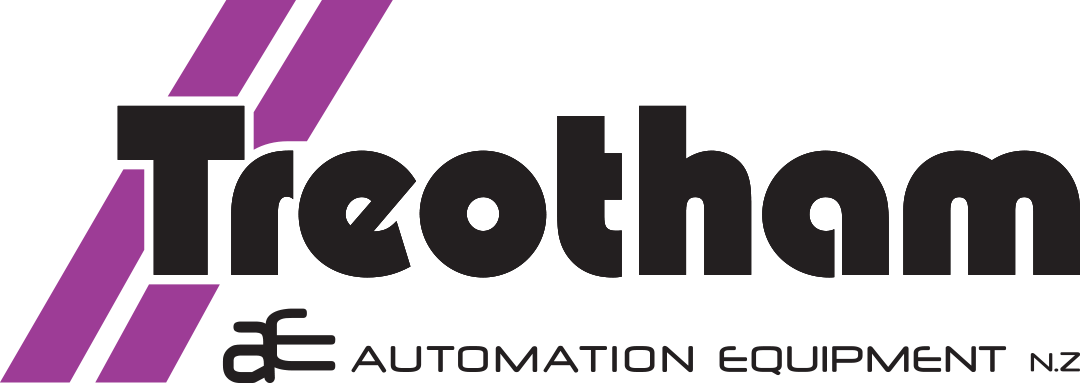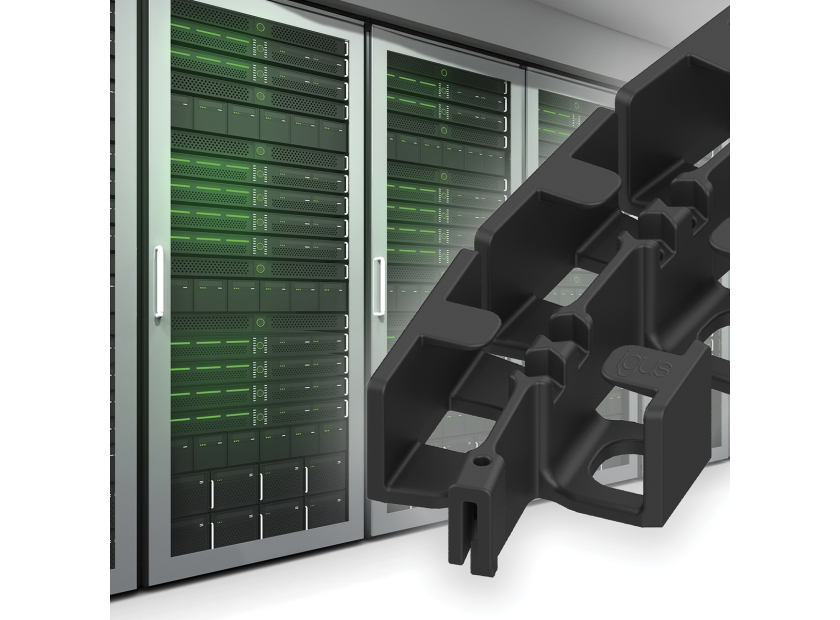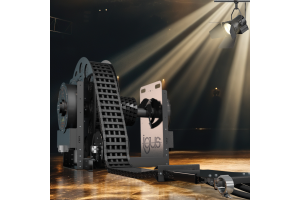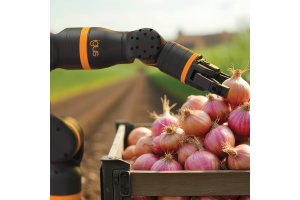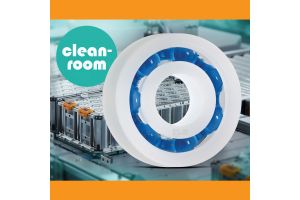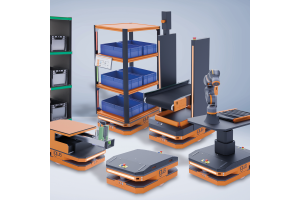New compact, low-cost energy chain
igus launches new compact, low-cost energy
By downsizing, the draw e-chain saves 30 per cent of costs in applications with a low degree of movement
For cable guidance in drawers and pull-outs of all kinds, igus is launching the draw e-chain. Thanks to the minimalist design, the price of the compact energy chain is 30 per cent lower than the most cost-effective standard e-chains. This protects against expensive oversizing, especially if the application is only moved a little.
From drawers in camper vans to pull-outs in server racks in data centres: industrial energy chains for hundreds of thousands of cycles are oversized for guiding cables in applications where movement only occurs occasionally. Users would pay for features that they do not need. "We have therefore developed the draw e-chain, a new compact low-cost energy chain for cable guidance in drawers and pull-outs of all kinds," explains Jörg Ottersbach, Head of the e-chain Business Unit at igus. The new energy chain has a bend radius of 45mm, an external width of 45mm and an external height of just 22mm. "This makes it 13 per cent flatter than our flattest standard e-chain B17.1.048.0 to date."
Minimalist design makes draw e-chain particularly cost-effective
The draw-e-chain is not only more compact than standard models, it also costs less. The reason: there are no mechanically complex components. The injection-moulded e-chain does not need any chain links to fold. Instead, the segments are flexible enough to allow the required bending. Thanks to this absence of chain links, the draw-e-chain consists of just six segments per metre, which can be connected via a simple connector system, which reduces effort and costs. "Due to this minimalist design, the draw e-chain costs 30 per cent less than our most cost-effective standard e-chain," says Ottersbach.
Assembly completed in just a few minutes
The draw e-chain is designed so that users can assemble it by hand in a very short time. The low-cost energy chain is designed for installation rotated by 90 degrees, for example, on the inner side of a drawer. Connection elements are not necessary. The segments of the cable guidance have holes for screws. "Inserting cables is also done quickly," says Ottersbach. Unlike standard e-chains, there are no crossbars that users have to open first. "You can simply push the cables through the bendable tabs of the energy chain from above. That takes just a few seconds."
